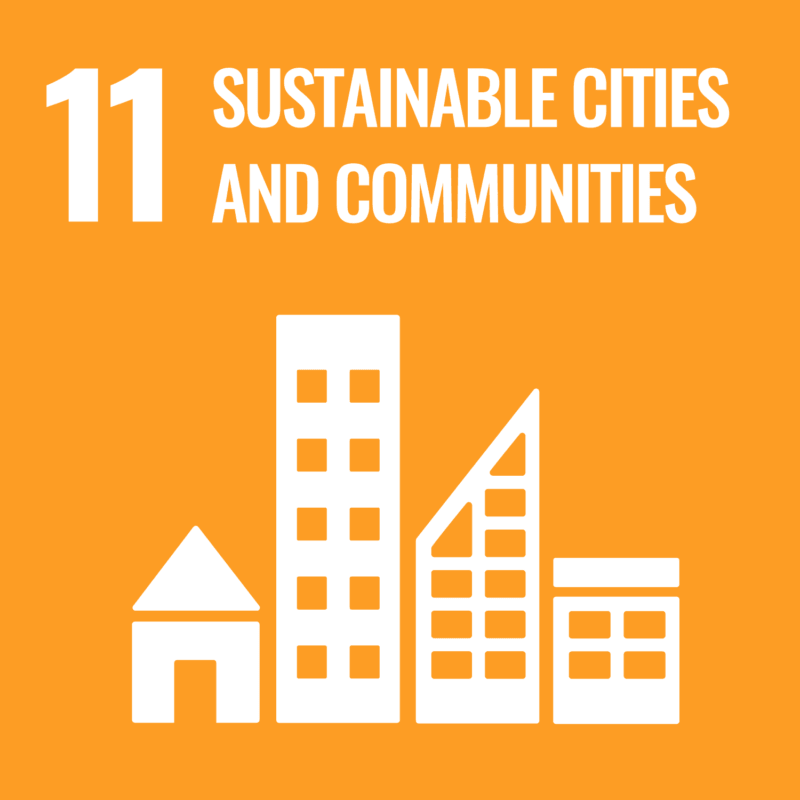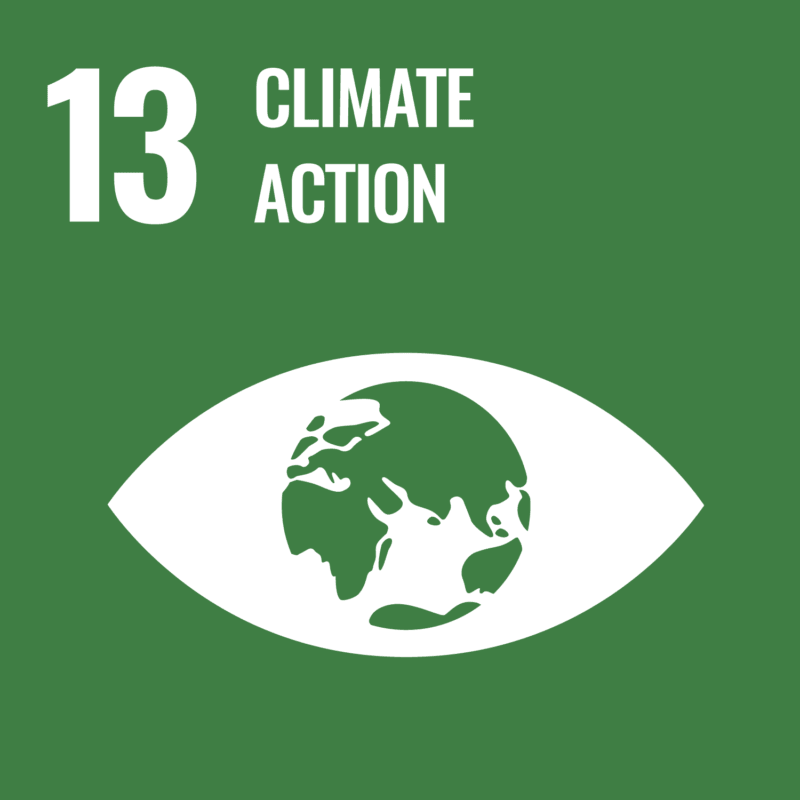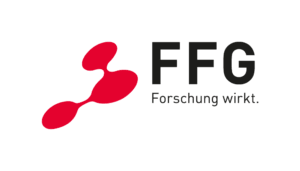In order to achieve the EU’s climate and energy targets, it is necessary to invest in sustainable projects. The EU created a (definition) basis for sustainable economic activities through the EU Taxonomy Regulation, which is also applied in the building renovation and revitalization sector.
The taxonomy-compliant refurbishment of existing buildings is a key step towards achieving climate protection goals. This includes improving energy efficiency and water use, reducing pollutants, and promoting the circular economy. But which measures can be implemented and how in order to achieve the targets? For instance, criteria related to the circular economy or “nearly-zero-emission buildings” are often challenging to achieve in renovations. This is precisely where the OFI comes in with the “Circular Construction” (CircCon) project.
Evaluating the applicability of taxonomy criteria
The central research focus of “CircCon” is to evaluate and improve the applicability of taxonomy criteria in the renovation sector through pilot projects. The project begins with the development of a standardized, universally applicable analysis tool that contains all the objectives of the EU Taxonomy Regulation. Building on this, a well-founded planning basis encompassing all taxonomy goals can be developed. This is followed by an evaluation of different remediation alternatives, considering ecological, economic and social aspects.
Numerous characteristics such as robustness over the entire building lifecycle, recycling of building materials and components, ecological sustainability, current possibilities for recycling components and building materials, conservation of resources and much more are examined in the OFI’s “CircCon” research project.
New Builds vs. Existing Buildings
While it is possible to coordinate all aspects of a new building in the best possible way right from the planning phase, this is often difficult in the existing building sector. In new construction, practically all state-of-the-art options and materials are available at low cost and without restriction. For refurbishments, however, individual solutions must be chosen. The “CircCon” project aims to demonstrate the widest possible range of solutions using real buildings from different eras. These solutions will be integrated into a planning process to be developed, which can eventually be embedded into BIM models.
Conventional material databases mainly refer to materials used in new buildings. These are probably also used in refurbishment, although materials and methods are also used there that have a critical impact on the environment and recyclability, such as synthetic resins for reinforcement and drainage. Special plasters support the renovation of damp and saline masonry, while energy-intensive drying and desalination measures influence the energy requirements during renovation. The usual methods of thermal insulation used in new buildings are often not applicable in old buildings, as facades have to be preserved. The “CircCon” project aims to create new evaluation bases for all of this in terms of the taxonomy and thus the basis for an optimized choice.
Finally, attention should also be paid to the robustness of taxonomy capability by considering emerging developments in taxonomy capability requirements when assessing building materials, components and processes. Especially in the course of resale, taxonomy compliance must be re-evaluated regularly.
The digital documentation of refurbishment measures on a basis that can also be used in future models also plays a central role. The project therefore also includes the development of a BIM dimension with EU taxonomy-related data that planners can easily integrate into their BIM models.
Reference objects
The reference buildings on which the research project is based are buildings from different eras and serve as models for the refurbishment of similar properties throughout Austria. The properties were selected by participating partners from the real estate industry. Timely implementation and high replicability were key selection criteria.
The following reference properties are being examined as part of “CircCon”:
- Reference properties Vienna, Opernring 21
- Reference properties Vienna, Schottenring 23
- Reference properties Graz, Opernring 16
- Reference properties Graz, TU Campus, Inffeldgasse 12
- Reference properties Deutschlandsberg, Bundesschulzentrum, Lagergasse 11
With the results of the “CircCon” research project, the OFI is providing the construction and real estate industry with a sound basis for achieving taxonomy targets in existing buildings. Taxonomy-compliant renovation is intended to guarantee the preservation of property value.



